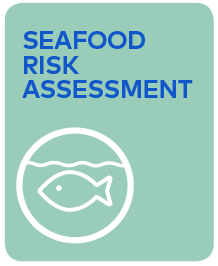Wheketere, Shortfinned Squid, Calamari, Squid, Gould's Squid
The New Zealand arrow squid fishery is based on two related species (Nototodarus gouldi and N. sloanii). Arrow squid have a short lifespan and rapid growth. They generally live for one year, spawn once and then die.
The fishery operates in three main areas of New Zealand (SQU 1T, SQU 1J, and SQU 6T). Except for the Southern Islands fishery (SQU 6T), for which a separate commercial catch is set, the two species are managed as a single fishery within an overall Total Allowable Commercial Catch (TACC) limit.
The Southern Islands fishery is almost entirely a trawl fishery. The Auckland Island shelf squid are also readily accessible and attractive to trawlers because they can be caught with little finfish bycatch. The squid jig fishery has been negligible for several years now.
Arrow squid is managed by Fisheries New Zealand (FNZ) using the Quota Management System (QMS). FNZ works in partnership with Deepwater Group (a not-for-profit organisation that works on behalf of fisheries quota owners) to manage and monitor the fishery.
These fisheries are currently under reassessment.
The risk assessment framework is used to assess the relative environmental risks of Australian and New Zealand wild-caught fisheries on fish stocks and the aquatic environment.
Assessments are undertaken for each species according to multiple ‘units of assessment’ (UoAs). The UoA is a combination of target species/stock and the gear type used by the fishery. Each UoA is assessed against three components for target species, bycatch and ecosystems, and management systems. Each component has a number of performance indicators, which have associated criteria, scoring issues, and scoring guideposts. For each UoA, each performance indicator is assigned a risk score according to how well the fishery performs against the scoring guideposts.
The risk assessment framework is currently under review and new risk assessments will be available soon.



